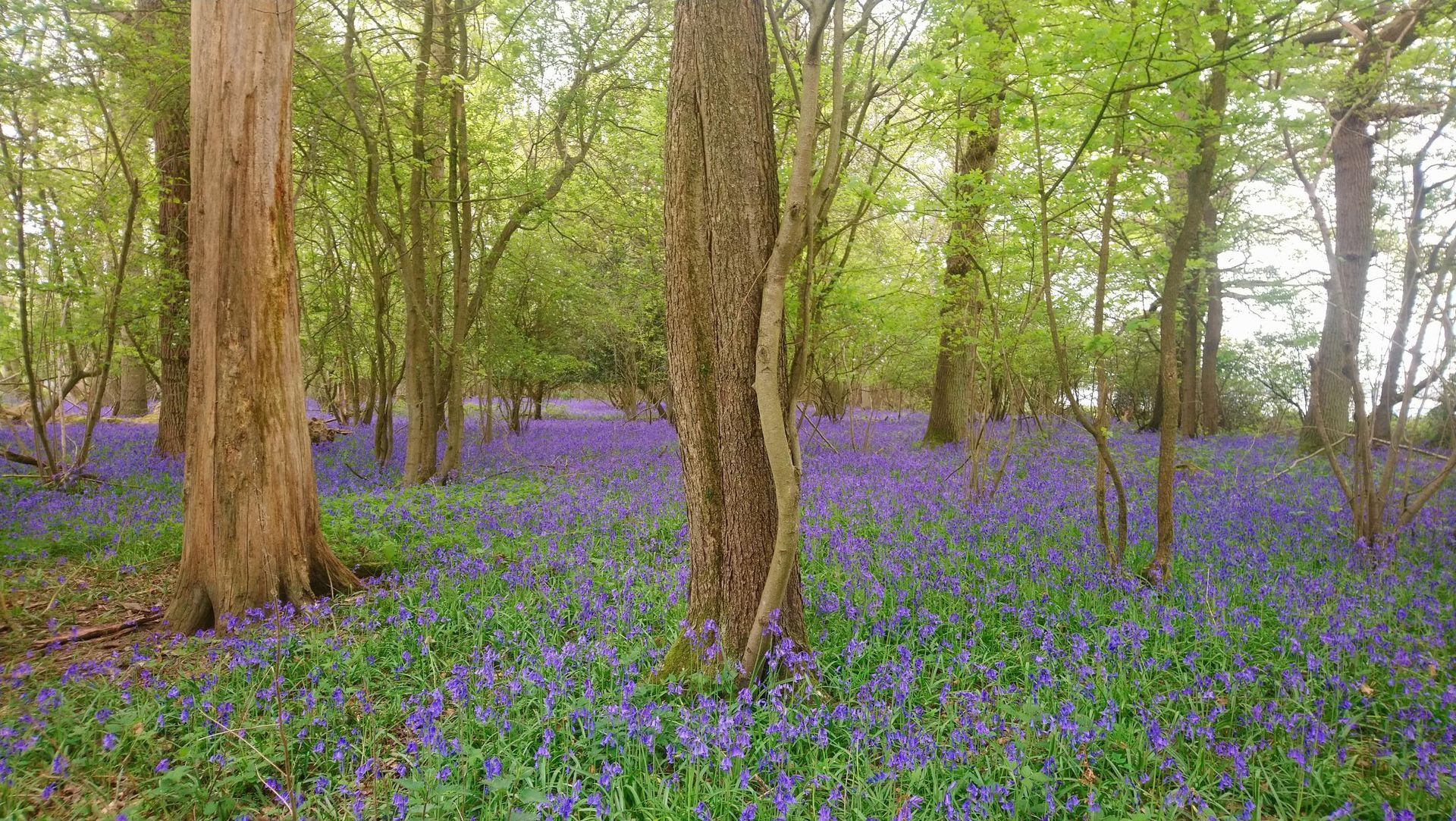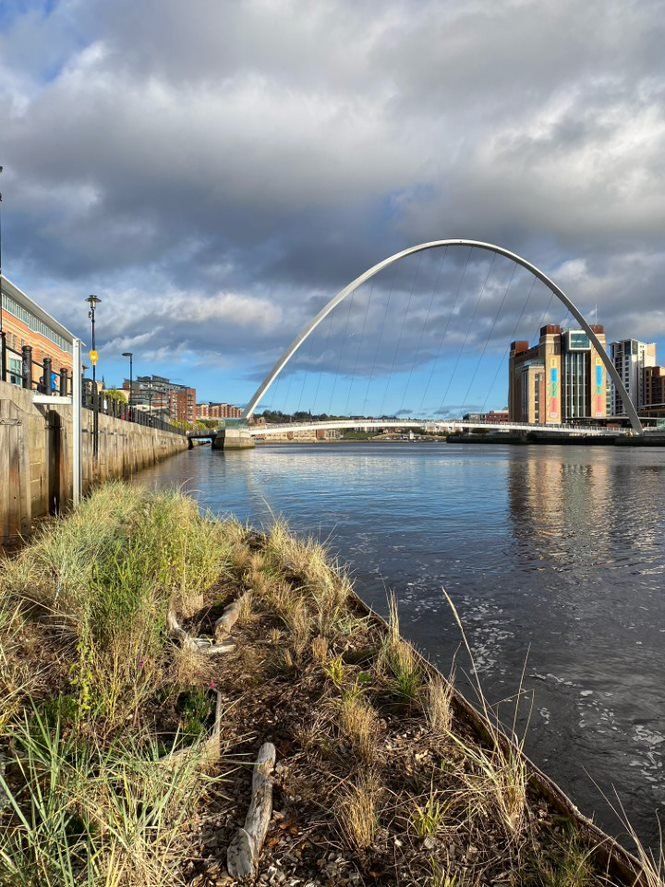Find and sell biodiversity
units with ease
Biodiversity Net Gain (BNG) Finder is a curated finding service enabling seamless transactions of biodiversity units accelerating positive outcomes for the environment.
DEVELOPERS - Get started today.
Curate a list of sellers of biodiversity units for your development.
LANDOWNERS
Register your biodiversity units for free with the BNG Finder and make a difference in nature recovery whilst securing an income with your land.
DEVELOPERS
Initiate a curated search to easily connect with a choice of sellers of offsite biodiversity units so you can meet BNG requirements for your development
ABOUT BNG FINDER
BNG Finder is a brand-new platform connecting buyers and sellers of biodiversity units, aiding the nature recovery effort. Run by Accelar, the team behind it have decades of experience in sustainability and environmental planning and are passionate about accelerating the green transition.
BNG Finder is powered by the Nature Finance Impact Hub, a platform created by Accelar showcasing an array of nature-positive projects and the financial and environmental impacts of these.
WHAT IS BIODIVERSITY NET GAIN?
Biodiversity Net Gain (BNG) represents a crucial step for new land developments by ensuring that nature is left in a measurably better state than pre-development. When viewed in the context of the 13% decline in UK wildlife abundance since the 1970s, BNG is a critical move. The UK government has taken this significant step for nature recovery by mandating BNG under the Environment Act 2021, which is planned to come into force in England in January 2024.
Ideally, developers will achieve BNG by creating and enhancing habitats and green infrastructure on-site. However, achieving the 10% mandatory BNG onsite may not be feasible nor achieve the best outcomes. This necessitates off-site alternatives, ideally within similar local environments – for example within local planning authorities or National Character Areas. There are various pathways for developers to meet their offsite BNG requirements. Accelar's BNG Finder offers both choice and value for developers looking to find and purchase high integrity biodiversity units.
INSIGHTS & NEWS













